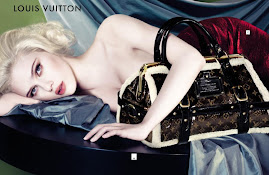
First of all, I am a coffee addict; I wouldn't be able to live without the stuff, luckily I have Folgers... This brand of coffee, obviously, I like but how the product tastes wasn't the first element that drew me to it; it was the packaging. Folgers coffee cans have all of the packaging elements needed: convenience, protection, and containment. The can is plastic (unbreakable), easy to open and keep sealed to reserve freshness, and is appealing to the eye. It's package has a classic kind of sophistication to grab coffee-drinker's attention.







.jpg)
.bmp)
.jpg)













